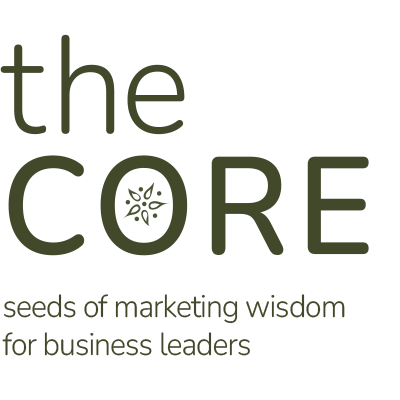Here’s something that successful businesses recognize in today’s increasingly noisy world: To earn the attention of potential customers, you must truly understand what they think. This is why empathy is more important than ever for marketers. Without taking the time to understand what motivates your audience to take action, you run the risk of simply creating noise.
Many businesses are trying to get inside the minds of potential customers by asking more intentional questions during the sales process. That’s a great first step, but it only provides a small sample size. What happens when you can’t ask every single customer what they think and feel about every little situation surrounding your products and services?
This is where taking time, whether it’s an entire day or a two-hour brainstorming session, to consider how customers think and feel can be incredibly valuable for your team.
5 Questions to Discover How Customers Think Without Asking Them
As you look to put yourself in your customers’ shoes for a day, here are a few questions to unlock what they might be thinking when it comes to your products or services:
- What do your customers say and do? Think about a typical day in the life of your customer. What do they spend their time doing? How do they behave in different settings—with their boss, with coworkers, and with friends and family? These questions help you think about all the different decisions they might have to make in the course of the day.
- What do your customers think and feel? Now that you’ve considered their day, it’s time to consider how those activities and decisions make them feel. What are their dreams, worries, and daily emotions? What makes them happy, sad, scared, emotional, and angry?
- What do your customers hear? Think about all the various ways your customers gather information. Who do they hear from? What media are they influenced by? What are the primary messages they’re being bombarded with day after day? Knowing this can help you identify how to reach them and rise above the noise.
- What are their biggest challenges every day? What frustrations and stresses do they encounter daily? What risks and threats do they face? Knowing the fears your customers experience allows you to speak into the various ways your brand can help resolve them.
- What opportunities exist if they succeed? All customers have heroes in the stories of their minds—and it’s not your brand. It’s them. What do they need to be successful and achieve their goals? How do they measure success? Knowing what will make them feel like even bigger heroes is a powerful way to capture their attention.
As you and your team walk through these questions, write down every single answer you think of. Look for patterns. Most importantly, don’t forget to use the answers to these questions whenever you’re considering new products and services, crafting new marketing materials, and so forth. These questions will ensure that your deliverables resonate with your customers.








